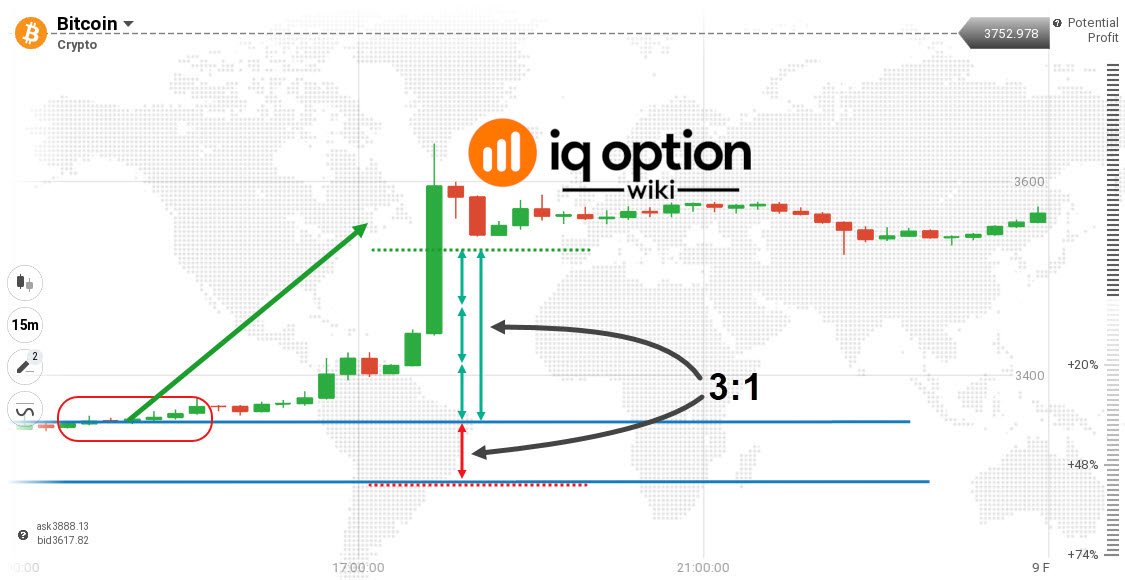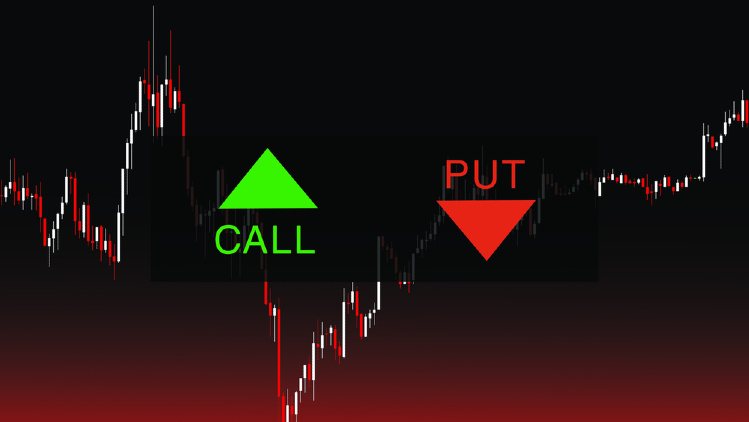Introduction

Image: forexenigmasystem.blogspot.com
In the labyrinthine world of finance, option trading stands out as an alluring yet enigmatic concept. Options, financial instruments that grant the buyer the right, but not the obligation, to engage in a transaction involving an underlying asset at a predetermined price, have captivated investors for centuries. This Wikipedia-inspired guide delves into the intricate tapestry of option trading, unveiling its historical evolution, fundamental principles, and practical applications.
Option trading traces its roots back to the ancient Greek mathematician Thales, who shrewdly cornered the olive harvest market based on his astute observations of weather patterns. Today, this practice has evolved into a sophisticated financial tool, intricately woven into the fabric of modern investment strategies. With its ability to mitigate risk, enhance returns, and speculate on market movements, option trading has become an indispensable element in the arsenals of both seasoned veterans and aspiring investors alike.
Types and Components of Options
Options are primarily classified into two types: calls and puts. Call options confer upon the buyer the right to purchase the underlying asset, while put options grant the right to sell it. Depending on the underlying asset, options can encompass diverse financial vehicles, including stocks, commodities, currencies, and indices. Each option contract specifies crucial parameters that define its trading parameters: the strike price, the expiration date, and the premium. The strike price represents the predetermined value at which the buyer can transact the underlying asset, while the expiration date sets forth the temporal boundary beyond which the option becomes worthless. The premium, fundamentally the price of the option contract, reflects the market’s assessment of the likelihood of the option being exercised and the potential for profit.
Valuing Options: Unleashing the Power of Mathematics
As with any financial instrument, options possess inherent value that can be precisely gauged through mathematical formulas known as option pricing models. The Black-Scholes model, introduced by Fischer Black and Myron Scholes in 1973, stands as the seminal work in this domain. This model harnesses the principles of probability theory and calculus to calculate option prices under various market conditions, rendering it an indispensable tool for investors seeking to make informed trading decisions.
Trading Options: Navigating the Complexities of Markets
The act of trading options involves buying and selling option contracts on specialized exchanges, such as the Chicago Mercantile Exchange (CME) or the CBOE Options Exchange. Option traders can either initiate a new contract or assume ownership of existing ones, seeking to profit from price fluctuations or to hedge against potential losses in their investment portfolios. The strategies employed in option trading are as diverse as the options themselves, ranging from conservative covered calls to high-risk naked puts. While the potential rewards can be substantial, it is crucial to recognize that option trading is inherently risky and requires a thorough understanding of market dynamics and prudent risk management practices.
Applications of Option Trading: Unleashing Financial Flexibility
Option trading transcends mere speculative endeavors; it also unveils a versatile array of applications that cater to specific investment objectives. Hedging strategies, for instance, serve as a protective measure against adverse price movements, allowing investors to safeguard their existing positions. Income-generating strategies, on the other hand, harness options to derive consistent streams of cash flow through premia collection.
Conclusion
Option trading, an intricate yet rewarding facet of modern finance, offers investors the opportunity to enhance their portfolios with precision and flexibility. This comprehensive guide has illuminated the foundational concepts of option trading, from its historical origins to its practical applications. Whether you aspire to mitigate risk, generate income, or speculate on market movements, a deep understanding of options can empower you to navigate the financial landscape with confidence and discernment. Remember, the world of option trading is an ever-evolving tapestry, and ongoing learning is the key to unlocking its full potential.

Image: www.financestrategists.com
Option Trading Wikipedia

Image: www.irafinancialgroup.com






